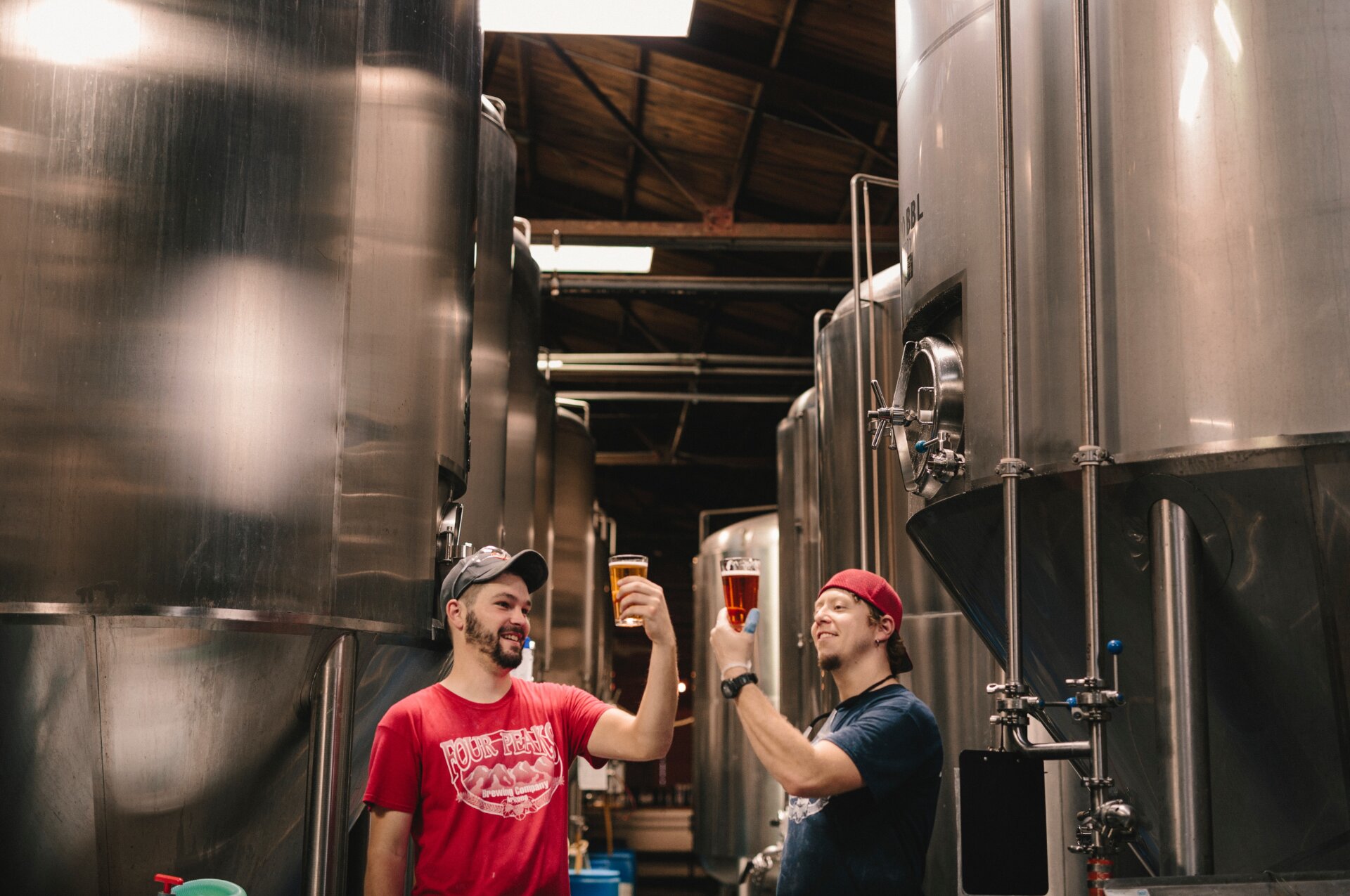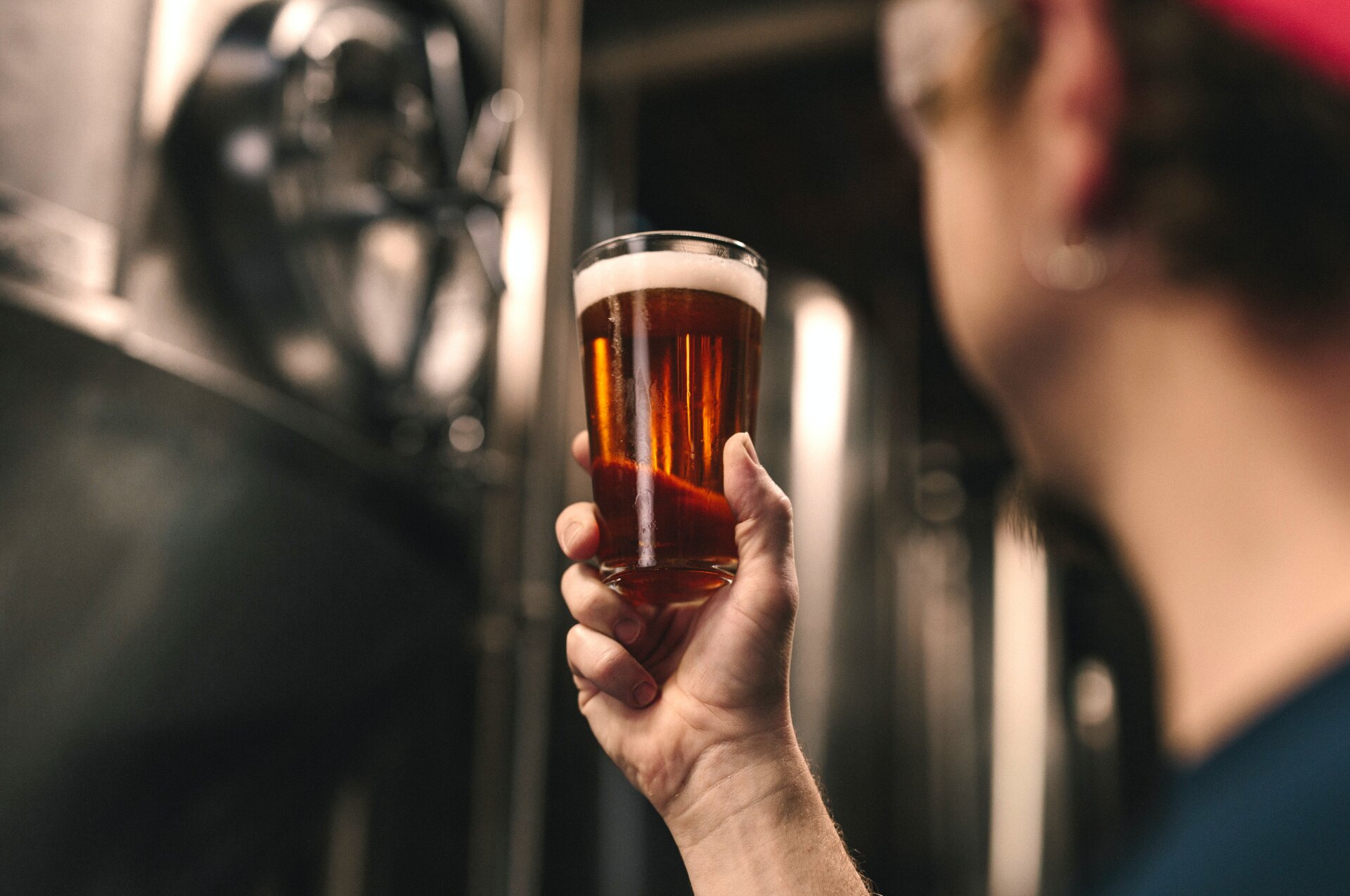It’s all too easy to dismiss sustainability within brewing as a marketing gimmick with no substance. However, the topic’s intricacy makes it difficult to define. There are numerous perspectives on sustainability, each with its own definition. A sustainable firm, has three bottom lines: profits, the environment, and people—with the first two receiving the most attention.
It’s not easy to carry out brewing in a sustainable manner.
Brewing is expensive, from the materials to the water supply to the energy required to heat and chill all of that water, wort, and beer. Small-batch brewing is even more expensive, as it is inefficient at every step. In today’s economy, keeping a brewery afloat and profitable is difficult.
Historically, moral obligation has driven sustainability in brewing. Sustainability will soon be synonymous with survival as the changing climate affects how firms must operate.
To survive the next industry-defining upheaval brewers must address those concerns sooner rather than later. Whether it’s crop failures, water limitations, or labour scarcity.
Brewers’ tenacious and innovative mentalities make them well-suited to meet the demands of an evolving industry. f a brewery produces more than 100 barrels of beer per year, it can employ sustainable techniques that will save the company money.
There is no one-size-fits-all solution to the issue of sustainability in brewing. Instead, brewers can handle sustainability in a variety of ways, ranging from process improvements to large-scale capital investments and collaborations with local governments. Water is a resource that is particularly important to beer and brewing, and breweries consume a lot of it.
Concerns about water
Water and Wastewater: Treatment/Volume Reduction Manual, issued by the Brewers Association, serves as an overview for brewers who aren’t sure where to begin. Process improvements are the first step but the most important aspect is monitoring and measuring. The easiest targets are leak detection and cleaning processes.
Breweries utilise a lot of water that doesn’t make it into the beer. The majority of it becomes wastewater. This is the brewery’s most significant environmental effect, and it’s also where water-use reduction efforts can yield the most benefits. Smaller breweries can participate in wastewater treatment, it’s not just the domain of large regional breweries. When water from the brewery’s floor drains reaches a holding tank, it is routed to an anaerobic reactor, where bacteria eat all of the carbohydrates and proteins left over after the brewing process. The water is then treated with aeration and membrane filtration. Reverse osmosis, chlorination, ultra-violet sterilisation, and carbon filtering are the next steps. This reclaimed, purified water is suitable for everything in a brewery, from cleaning to steam generation to cooling. Basically, everything except putting it in the beer.


